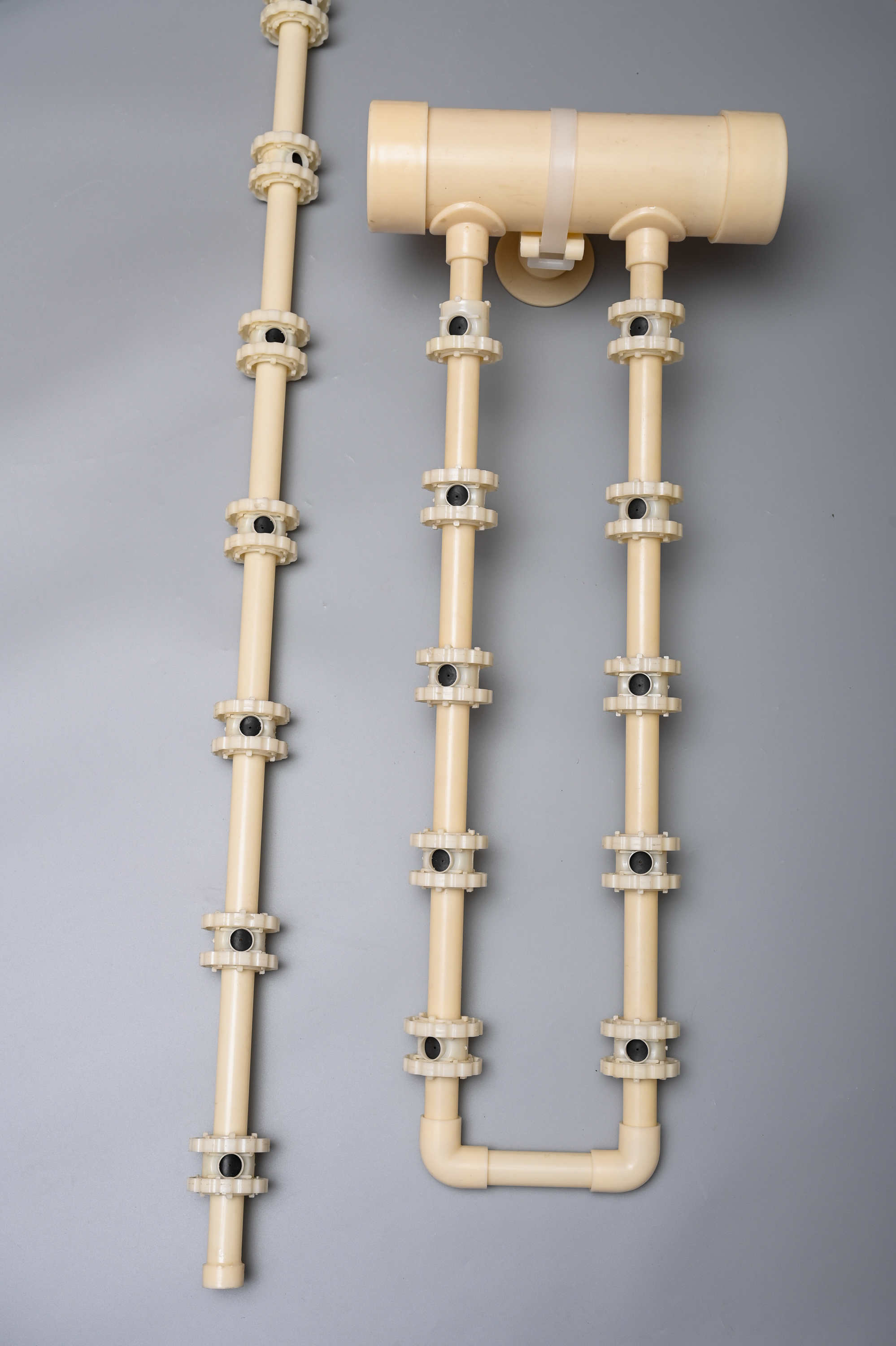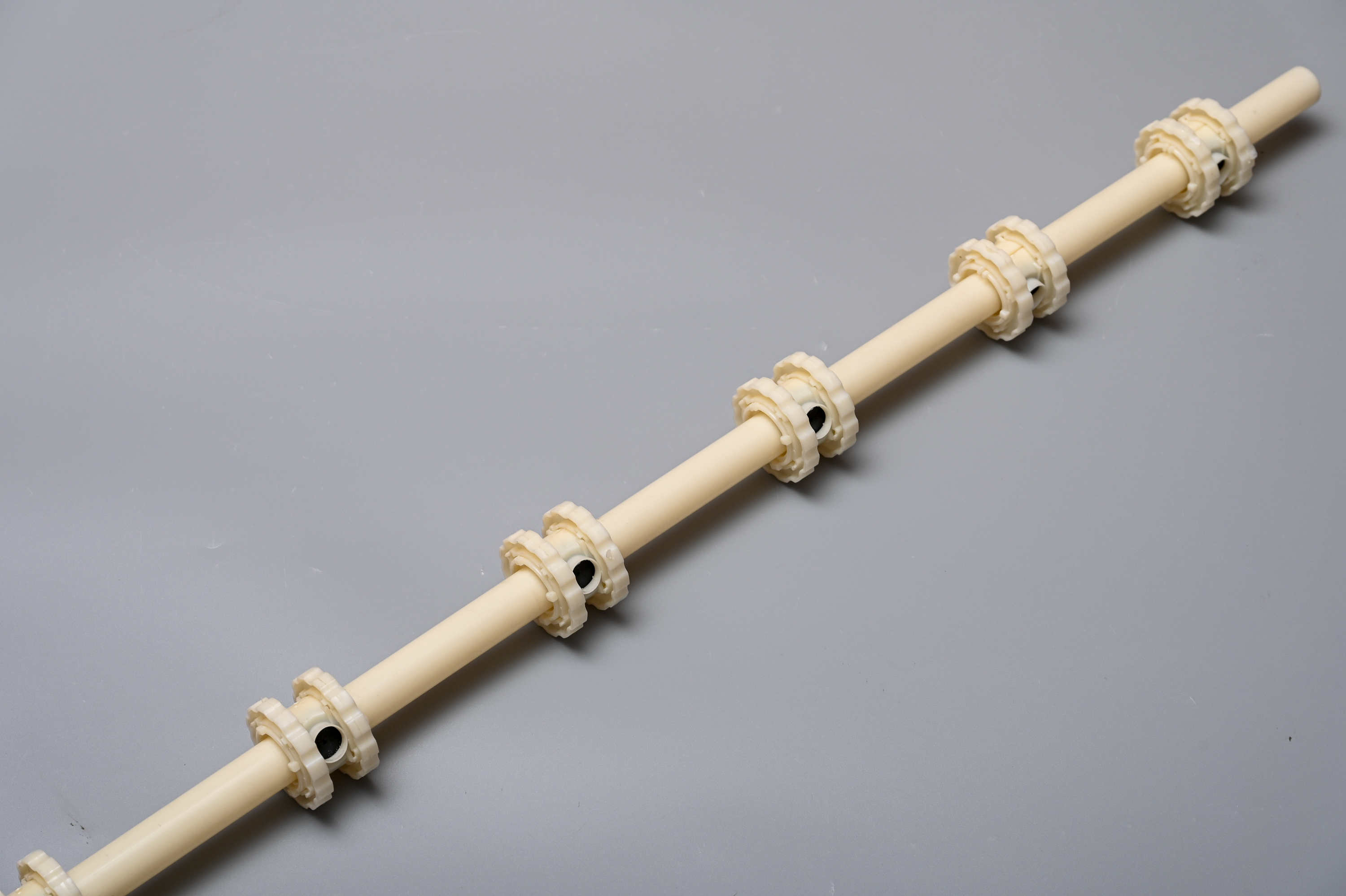Single pore membrane aeration
Unit:
Size:
Price: FOB
A single-pore membrane aerator is an aeration device for sewage treatment or water treatment, with the following detailed instructions:
1. Working principle: Through the effect of air diffusion, the oxygen in the air is transferred to the water to provide the oxygen required by microorganisms.
2. Structure composition:
1. Diaphragm: usually made of polymer material, with good air permeability and corrosion resistance.
2. Support structure: Ensure the stability and robustness of the diaphragm.
3. Advantages:
1. High oxygen transfer efficiency: it can effectively transfer oxygen to water.
2. Low energy consumption: Compared with other aeration methods, low energy consumption.
3. Anti-blocking: not easy to be blocked by impurities, to ensure long-term stable operation.
4. Good durability: long service life.
4. Scope of application: Widely used in various sewage treatment processes, such as activated sludge method, biofilm method, etc.
5. Installation and maintenance:
1. Simple installation, can be arranged according to needs.
2. Check and clean regularly to ensure normal operation.
6. Performance parameters:
1. Oxygen transfer rate.
2. Service area, etc.
7. Design considerations:
1. Water treatment.
2. Oxygen requirement.
3. Pool shape and size.
5 yuan/set



